Sponsored by indieReviewed by Olivia FrostNov 19 2024
Multiphoton microscopy (MPM) is a powerful imaging technique widely used in biological and biomedical research. Femtosecond (fs) mode-locked lasers are vital tools in achieving the high peak power necessary for these applications.
In this article, the critical parameters to consider when choosing an ultrafast laser for multiphoton microscopy are discussed.
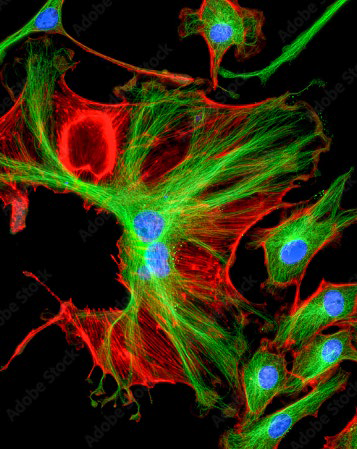
Image Credit: TeraXion Inc.
Advantages of VINCI
- Very cost-effective
- Simple oscillator design
- Very high peak power
- Compact and robust
- SESAM-free design
- Tunable dispersion pre-compensation
Fs lasers provide several opportunities for scientific, industrial, and medical advancements. Various ultrafast laser products are currently available, emitting over a range of wavelengths from near-infrared to visible.
In recent years, several alternatives to aging, expensive, complex, and often unreliable ultrafast lasers from established players have emerged.
Multiphoton Microscopy
MPM uses multiple photons to excite a fluorescent molecule, offering several advantages over conventional, single-photon excitation fluorescence microscopy, including deeper tissue penetration, improved spatial resolution, and reduced photodamage.
While three-photon microscopy has many advantages, two-photon microscopy is currently the most popular technique due to the availability of suitable laser sources in the required wavelength range.
High photon densities are vital in achieving adequate fluorophore excitation for two- and three-photon microscopy. Photon densities must be orders of magnitude higher than those required for confocal or single-photon microscopy. High photon densities can be achieved by using laser sources that provide very high peak power in the ultrafast regime.
MPM Laser Sources
Finding a suitable light source for efficient fluorophore excitation is one of the biggest challenges facing the widespread adoption of multiphoton microscopy.
To achieve the high peak power required for nonlinear optical processes, fs mode-locked lasers are utilized. These ultrafast lasers can deliver very high peak powers during very short pulse durations while keeping a low average power to avoid specimen damage.
Until recently, tunable titanium sapphire (Ti-Sa) lasers were the best for two-photon microscopy. While modern Ti-Sa lasers produce excellent beam quality and stability, they are not financially viable for most laboratories. In addition, they require a great deal of space and regular liquid cooling system maintenance, which produces noticeable noise.
As a result, laser manufacturers have recently introduced cheaper and more compact air-cooled fiber and solid-state lasers for two-photon microscopy. Unlike Ti-Sa lasers, these new devices emit pulses at a single fixed wavelength. They are now available in the highly desirable 900 nm and 1000 nm range with pulse durations lower than 150 fs.
Choosing an fs Laser for MPM
When deciding on an appropriate laser, factors include average power, peak power, laser repetition rate, pulse duration, and pulse quality.
Average and Peak Power
Fluorescence intensity generated from a sample due to a two-photon process is proportional to the square of the laser power. However, the actual fluorescence intensity is proportional to the square of the laser “peak” power (Ppk), laser repetition rate (R), and laser pulse duration (τ):

Equation 1. Fluorescence Intensity
Figure 1 compares the fluorescence generated by two lasers with identical pulse duration and average power. The lasers have a repetition rate of 40 MHz and 80 MHz.
The VINCI-1064 new fs laser from TeraXion has a repetition rate of 40 MHz and, therefore, a peak power double that of an 80 MHz laser. According to Equation 1, this leads to a two-fold improvement in fluorescence intensity.
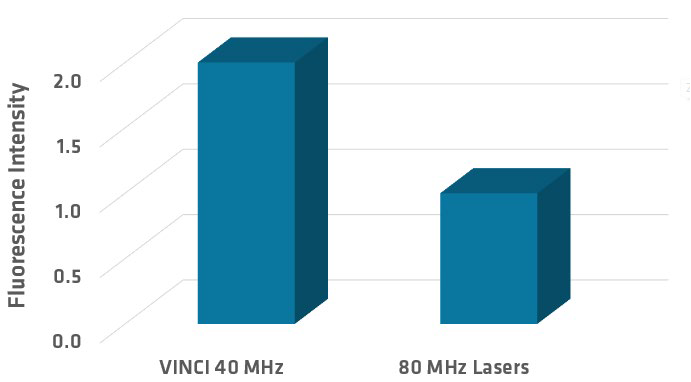
Figure 1. Two-photon fluorescence intensity vs laser repetition rate. Image Credit: TeraXion Inc.
High peak power is necessary for the multiphoton excitation process, in which a fluorophore absorbs two or more photons simultaneously, leading to light emission at a shorter wavelength than the excitation light.
It is also vital that average power remains acceptable to avoid photodamage to the sample. Therefore, proper balancing of peak, average, and repetition rates is essential.
Pulse Duration
Fs lasers typically have pulse durations of 80 - 200 fs. At the same average power, shorter pulses lead to higher peak power, increasing fluorescence efficiency. VINCI-1064 features a pulse duration of less than 60 fs (typically 50 fs) with a peak power close to 1 MW, ideal for efficient fluorophore excitation.
However, while shorter pulse durations improve fluorescence intensity, it is vital to sufficiently compensate chromatic dispersion of the microscope optics to prevent pulse broadening at the sample. As a result, VINCI-1064 features a high-accuracy tunable dispersion pre-compensation up to 25,000 fs2.
Emission Spectrum
Two-photon microscopy at a wavelength of 1064 nm can excite red fluorescent proteins. Figure 2 displays the two-photon absorption cross-section of some fluorophores superimposed with the VINCI-1064 emission spectrum.
The VINCI-1064 emission spectrum is well-matched to the two-photon absorption spectrum of the most popular red fluorescent proteins.
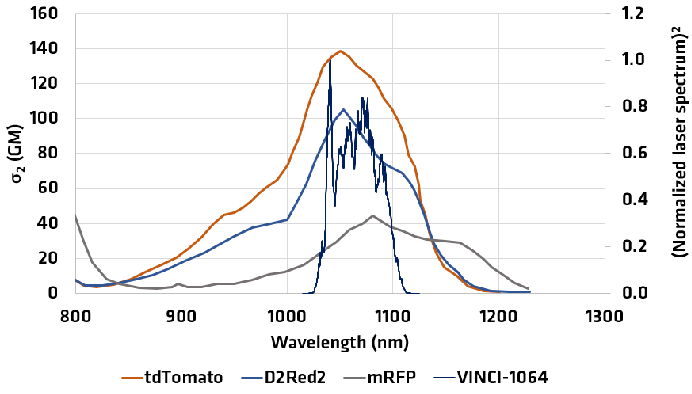
Fig. 2. VINCI Emission Spectrum Overlap with Red Fluorescent Protein 2P Absorption Cross-Section. Image Credit: TeraXion Inc.
Cost
In spite of cost reductions, recent single-wavelength lasers remain expensive compared to tunable lasers due to the complex laser architecture commonly adopted in compact ultrafast fiber lasers.
The VINCI series of fs fiber lasers are based on an ultra-simple optical architecture and represent a cost-effective solution for two-photon microscopy.
The cost of VINCI lasers is comparable to the normal cost of repairing a laser from an established player. Table 1 summarizes laser performances per laser type.
Table 1. Summary of Laser Performance Review. Source: TeraXion Inc.

Experimental Results
In the study presented here, a VINCI-1064 was installed on a 2-photon microscope, illustrated in Figure 3.
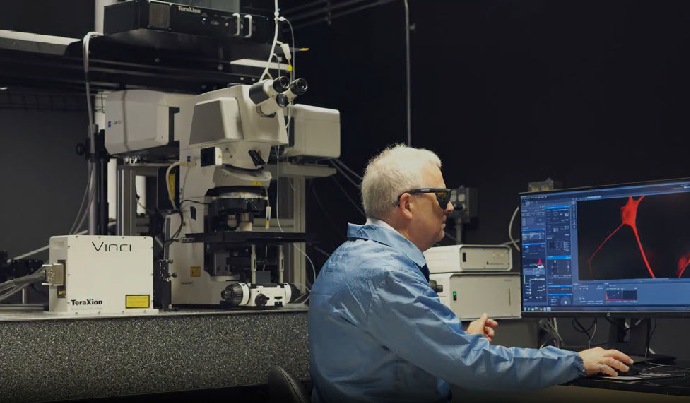
Figure 3. VINCI-1064 was installed on an MPM microscope. Image Credit: Courtesy of CERVO Research Center, Quebec City, Canada
Figure 4 shows cultured rat hippocampal neurons expressing the fluorescent protein mCherry and the chloride ion indicator MQAE (blue), imaged by the TeraXion laser at 1064 nm on the 2-photon microscope.
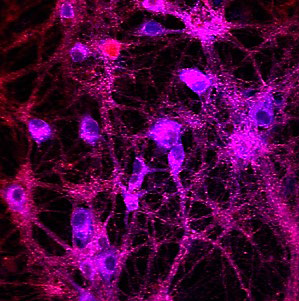
Figure 4. Imaging of cultured rat hippocampal neurons. Image Credit: Courtesy of CERVO Research Center, Quebec City, Canada
It is clear from Figure 4 that VINCI-1064 enables high-quality imaging of hippocampal neurons with high signal-to-noise ratio.
Conclusion
Multiphoton microscopy (MPM) is a powerful imaging technique widely used in biological and biomedical research. Fs mode-locked lasers are required to reach the required high peak power.
When selecting the optimal fs laser, factors such as average power, peak power, laser repetition rate, pulse duration, and pulse quality must be considered.
The new VINCI series of fs fiber lasers from TeraXion feature very high peak powers. They are based on an ultra-simple optical architecture, making them the most cost-effective solution for two-photon microscopy.

This information has been sourced, reviewed and adapted from materials provided by TeraXion Inc.
For more information on this source, please visit TeraXion Inc.